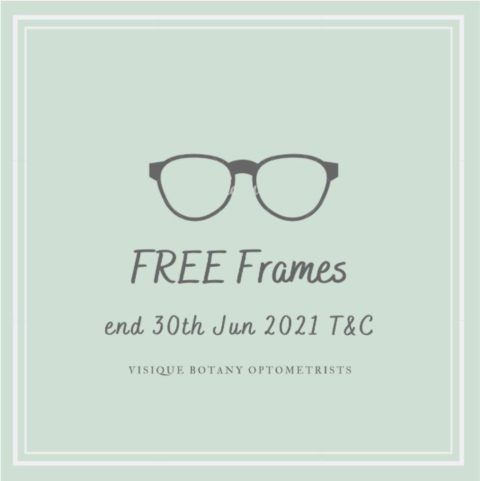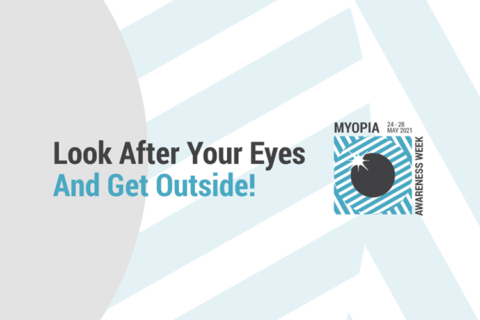| |
|
| |||
|
| |
Hi Everyone, With winter now upon us, I hope you have been keeping well with the change of season! If you have any concerns, we are able to discuss this with you during a scheduled appointment. You can book an appointment time on our website: click here Kind regards, David Lee Visique Botany Optometrists 09 274 9839 |
|
| |
|
| |
|
| |
Educational Content Series: What Is Myopia?Myopia is the single greatest threat to our children’s vision.Myopia is an eye condition that results in poor vision in the distance. It is also known as near-sightedness because myopic people can still see things clearly that are close. In myopic eyes, commonly, the length of the eyeball is longer than it should be, causing images of objects from distance to be focused in front of rather than on the light sensitive layer of the eye, also known as retina. What causes myopia?Both genetics and environmental factors play a role, however the significant increase in the number of myopic people in the recent years is attributed to environmental risk factors. Studies from across the world have indicated that less time outdoors and longer time on near based activities (for example reading or screen time) could play a role in the development of myopia. How common is it?On average, 30% of the world is currently myopic and based on current trends, it is estimated that by 2050, almost 50% will be myopic. That’s a staggering 5 billion people. What are the signs of myopia?The most obvious sign of myopia is that objects in the distance appear blurry. Some children may report headaches and/or eye fatigue caused by the eyes straining to focus. Myopia usually develops during childhood, so parents should start to check behaviours, such as sitting too close to the television, holding screens close to the face or squinting when looking at objects. Observant teachers may also notice children who have difficulty reading the blackboard. Does it progress?Myopia often progressed through childhood and at times into teenage years and early adulthood. Progression is recognised by distance vision getting blurry in spite of correction. How is it treated and can we slow progression?Although corrective lenses (spectacles and contact lenses) are the traditional way to treat myopia, they do not help stop the progression of myopia. Recent research indicates that traditional corrective lenses may, in fact, make myopia worse. The intent of myopia prevention is to stop lengthening of the eyeball through drug therapy (eye drops that restrict focussing) or by specialty multifocal spectacle or contact lenses that defocus the image in the periphery (moving it in front of the retina rather than behind). Are there complications?Most people with mild to moderate myopia won’t experience any complications. However, high myopia, requiring a lens of -6.00 dioptres or more, does come with a risk of complications. People with high myopia have an increased risk of retinal detachment, cataracts, myopic degeneration and glaucoma, which can all cause vision loss. People with high myopia should ask their eye care professional about the warning signs for these conditions, and ensure they have comprehensive eye health examinations regularly. Can myopia be prevented?As myopia is often hereditary, it cannot be completely prevented. However, new research suggests ways to slow the progression of the condition, especially in children. The condition may be delayed or prevented by spending less time on devices and more time outside, possibly due to increased exposure to sunlight or the need to look into the far distance regularly. While myopia cannot be completely prevented, it can be treated through the use of corrective lenses – multifocal glasses or contacts – and through drug therapies (eye drops) that restrict focussing. What can you do as parents?There are simple strategies you can put in place to help prevent your child from developing myopia. The earlier the onset, the greater the risk of progression to higher levels. The higher the myopia, the greater the risk of sight threatening complications. Although there are many risk factors, environmental influences are significant. Current research identifies time outdoors and/or near work to play a substantial role. Younger children, who are in the critical stages of eye growth and development may be more vulnerable to such environmental influences. Children should be encouraged to take breaks from devices and to go outside to play. By doing this you can improve the environmental factors that we know play a crucial role in the prevention or development of myopia. |
|
| |
|
| |
| |
|
| |||
|


